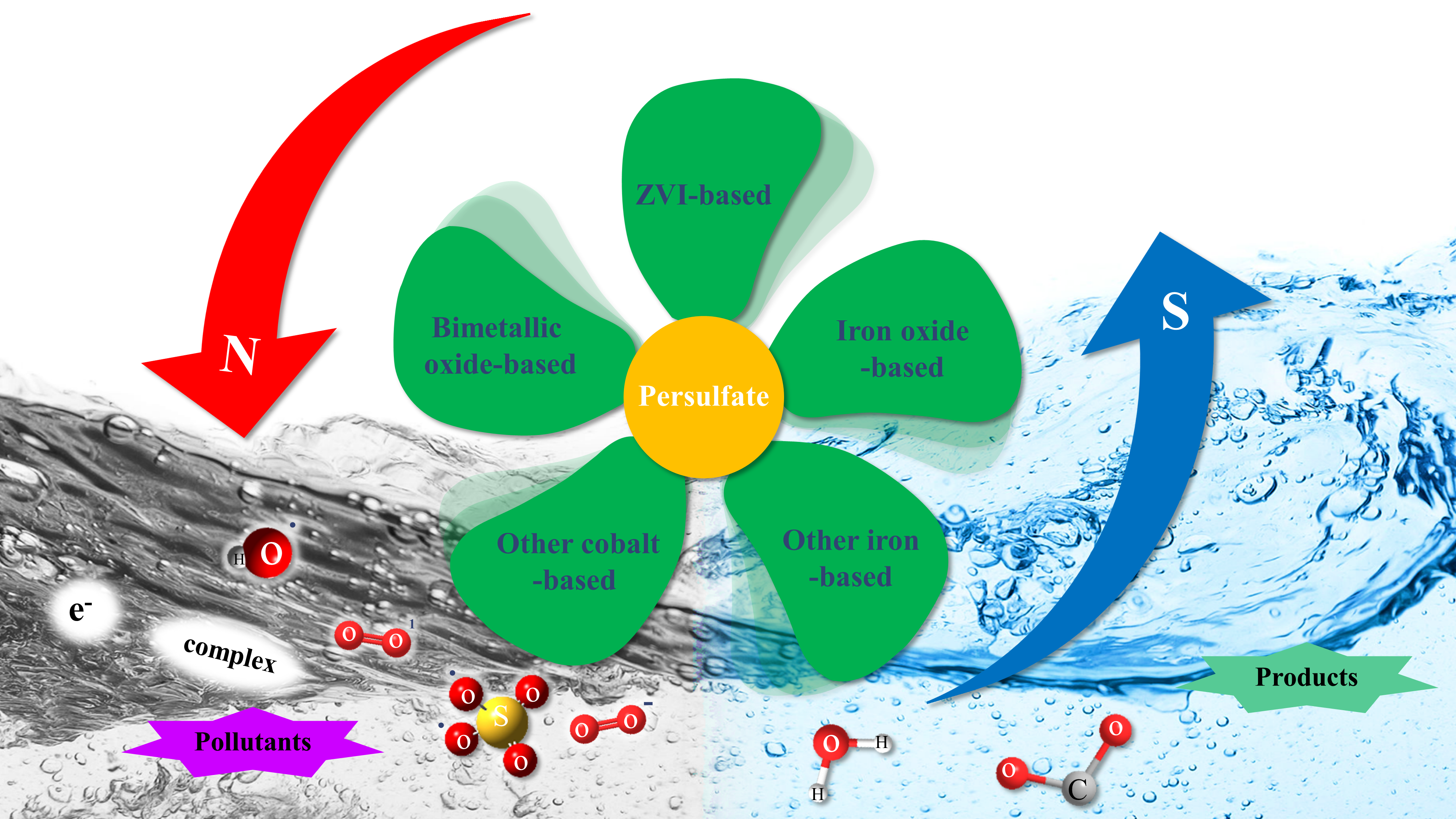
Cover Picture
UV-resistant salicylic acid as interface modifier for efficient and stable perovskite solar cells
Guo-Bin Xiao, Zihan Fang, Shengrong Yang*, Jing Cao*, Yu Tang* Submit a Manuscript
UV-resistant salicylic acid as interface modifier for efficient and stable perovskite solar cells
Guo-Bin Xiao, Zihan Fang, Shengrong Yang*, Jing Cao*, Yu Tang* Submit a Manuscript
Enhanced persulfate activation process by magnetically separable catalysts for water purification: A review
Chuan Pu, Gang Lu*, Hang Qi, Abdulgalim B. Isaev, Mingshan Zhu*
Chin. J. Struct. Chem., 2023, 42: 100093. DOI: 10.1016/j.cjsc.2023.100093
June 15, 2023
Magnetically separable catalysts; AOPs; Sulfate radicals; Mechanism; Reusability
ABSTRACT
In recent years, persulfate (PS)-based advanced oxidation processes (AOPs) have become a hot research topic for degrading environmental pollutants due to their excellent oxidation capacity, selectivity, and stability. PS-AOPs can generate sulfate radicals (SO4•−) with strong oxidation ability, but single PS produces limited or no radicals. Therefore, activation of PS by energy input or catalyst dosing is used to improve its oxidation performance. However, the addition of disposable catalyst not only causes a waste of resources, but also may lead to secondary pollution. Therefore, magnetically separable catalysts for activating PS have received widespread attention due to their reusability. Although there are few literature reviews on the activation of PS by carbon- or iron-based magnetic materials, the mechanism analysis of the activation of PS by magnetic materials to degrade pollutants is not deep enough, and the discussion of material types is not comprehensive and detailed. Moreover, the discussion of magnetic materials in terms of recycling properties is lacking. Therefore, this review firstly summarizes and analyzes the mechanism of magnetically separable catalysts activating PS to degrade pollutants. Then, the research progress of zero-valent iron (ZVI, Fe0)-based, iron oxide-based, bimetallic oxide-based, and other magnetically separable catalyst is introduced, and the tailoring engineering approaches and reusability of magnetically separable catalysts are discussed. Finally, some possible material optimization suggestions are proposed in this paper. In conclusion, this review is expected to provide useful insights for improving the performance and reusability of magnetically separable materials activated PS in the future.







